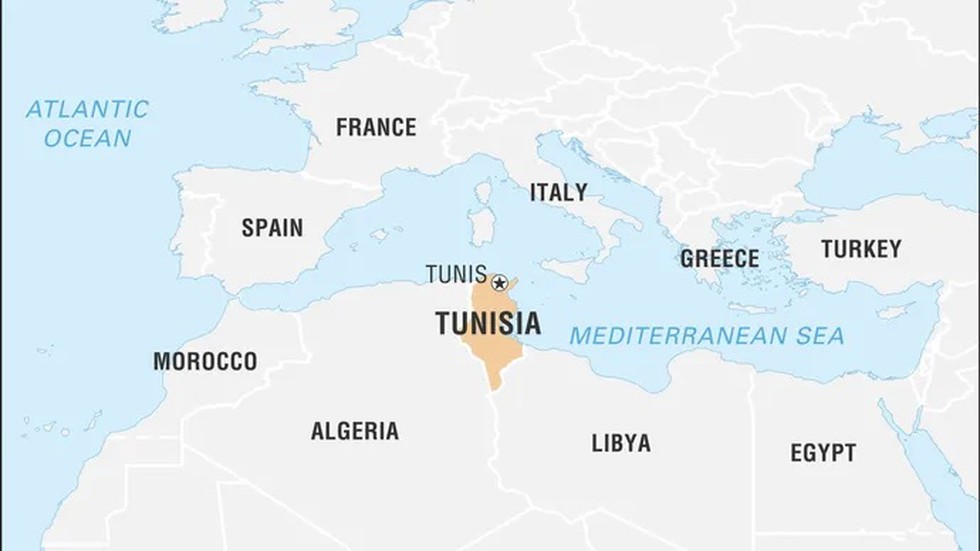About:
- While Mr. Saied has welcomed the result, his critics have warned that the new Constitution would erase whatever democratic gains Tunisia has made since the 2011 Arab Spring (Jasmine) revolution and push the country back into an authoritarian slide.
- The Arab Spring protests began in Tunisia in December 2010, leading to the fall of the regime of Zine El Abidine Ben Ali, who had been in power since 1987. Ben Ali had to flee the country in the face of the mass uprising.
Arab spring in other countries
- Quickly, protests spread to other Arab countries such as Egypt, Libya, Bahrain, Yemen and Syria.
- While protesters brought down the 30-year-long dictatorship of Hosni Mubarak in Egypt, the revolution did not last long in that country.
- In Libya, the protests against Mohammar Gaddhafi slipped into a civil war, which saw a military intervention by the North Atlantic Treaty Organisation (NATO).
- In Bahrain, the Shia majority country ruled by a Sunni monarchy, neighbouring Saudi Arabia sent troops to crush protests in Manama’s Pearl Square.
- In Yemen, President Ali Abdullah Saleh had to relinquish power, but the country fell into a civil war, leading to the rise of the Shia Houthi rebels.
- In Syria, protests turned into a proxy civil war. President Assad seems to have won the civil war, for now.
- Tunisia was the only country that saw a peaceful transition to democracy, and with the new Constitution, it is witnessing another transition.
